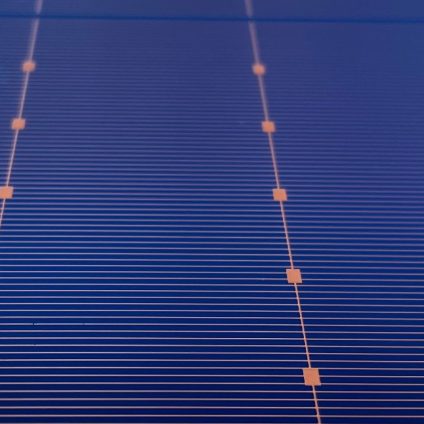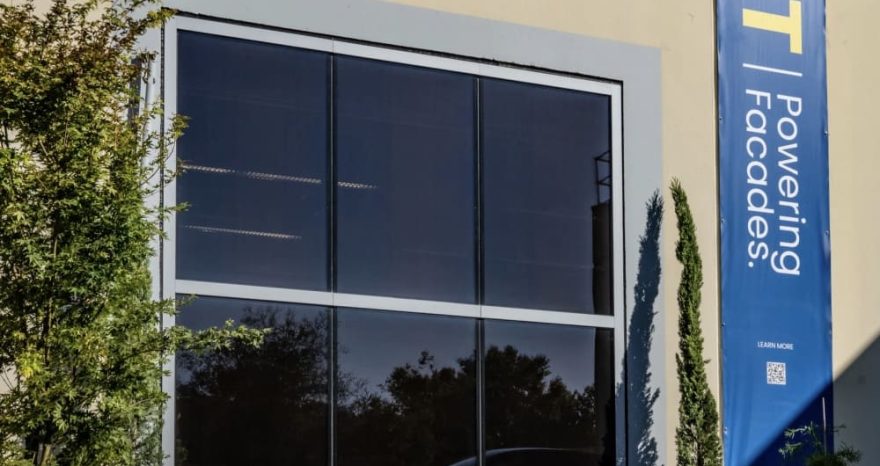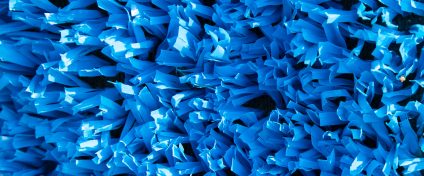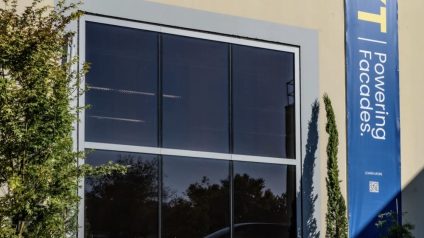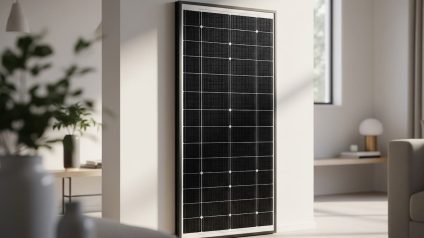Thanks to copper-based metallization, scientists at the Fraunhofer Institute for Solar Energy Systems have developed silicon heterojunction (SHJ) solar cells with an ultra-low silver content, setting a new industry record
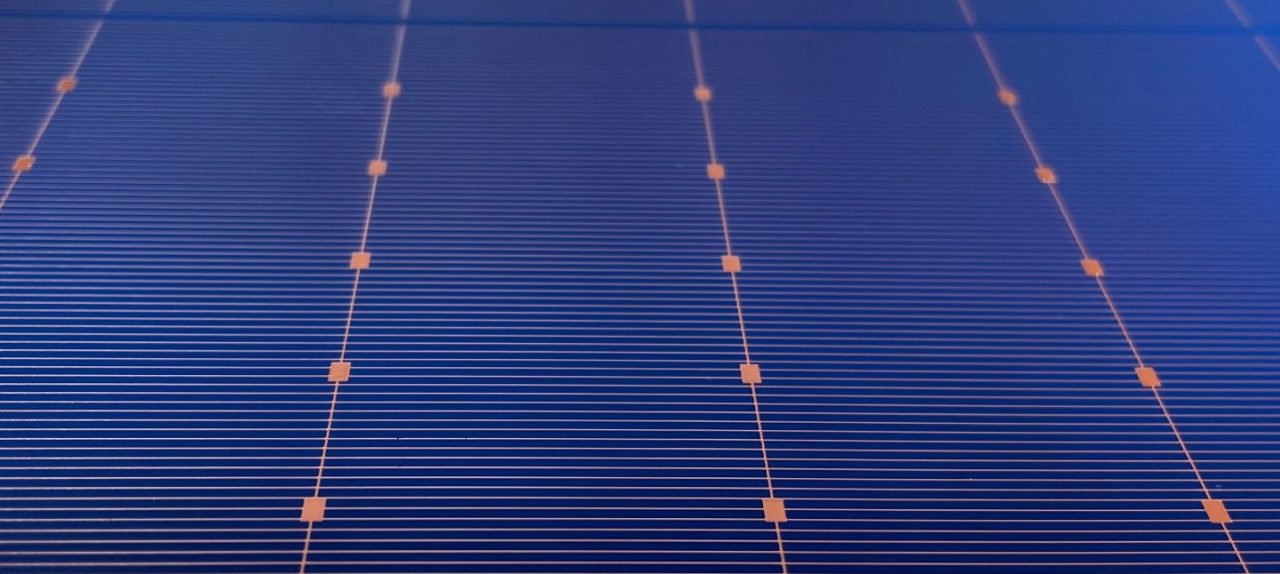
© Fraunhofer ISE / Photo: Andreas Lorenz
SHJ solar cells with 100% copper rear contacts
Researchers at the Fraunhofer Institute for Solar Energy Systems (ISE) have drastically reduced the silver content in Silicon HeteroJunction (SHJ) solar cells, reaching a record-low of just 1.4 milligrams per watt peak (mg/W). That’s nearly one-tenth of the silver currently used in industrial photovoltaic production.
The breakthrough is part of the HIT research project and was made possible by a carefully optimized contact printing process. “We achieved this by using a balanced combination of silver-copper paste on the front side and pure copper paste on the rear”, explained Sebastian Pingel, associate researcher at Fraunhofer ISE.
Why silver use in photovoltaics is a concern
The photovoltaic industry is one of the world’s largest consumers of silver. On average, each solar panel contains about 20 grams of silver, accounting for roughly 6.1% of its total production cost. Today, solar cells represent around 30% of global industrial silver demand, according to The Silver Institute.
That demand is expected to rise as installations increase, especially with the expansion of bifacial and SHJ solar technologies. Due to their design and manufacturing process, SHJ cells typically require significantly more silver than other types such as PERC or TOPCon. Estimates suggest up to 22 mg of silver per watt peak – a level that is not sustainable in the long term.
Replacing silver with copper
Reducing silver consumption has become a top priority for the solar industry. One of the most promising alternatives is copper, which has already demonstrated strong potential. In 2021, Australia’s SunDrive Solar produced a traditional solar cell using only copper contacts and achieved an efficiency of 25.54%.
Building on this trend, Fraunhofer ISE made notable progress with SHJ cells. The team significantly reduced silver in the metallization paste used for the front side and fully replaced silver with copper paste on the rear, reaching just 1.4 mg/W of silver use.
Simulation and screen printing innovation
A key part of this achievement came from optimizing the contact printing process. The team used a newly developed simulation tool called “GridMaster” to fine-tune the metallization layout. “It turned out that selecting an optimal screen configuration plays just as crucial a role as the choice of metallization paste in reducing silver consumption” said Andreas Lorenz, project manager at Fraunhofer ISE. “By using newly developed ultra-fine mesh screens, we were able to print fine-line front-side metallization with openings as narrow as 17 micrometers – significantly thinner than a human hair”.


